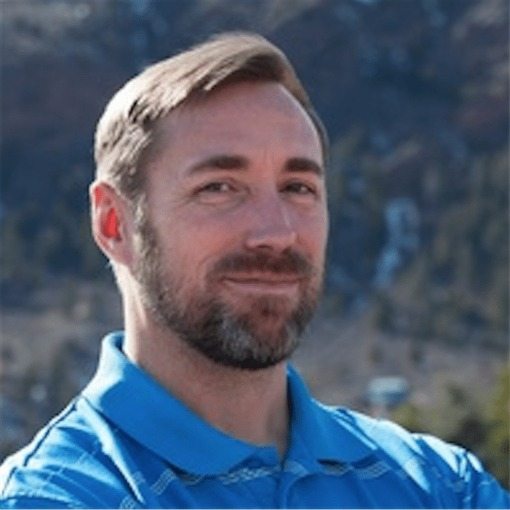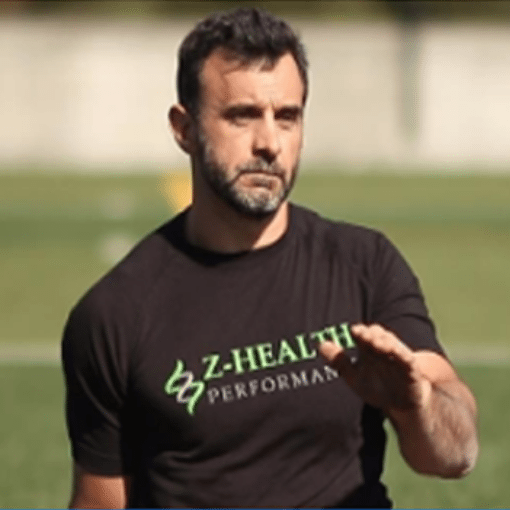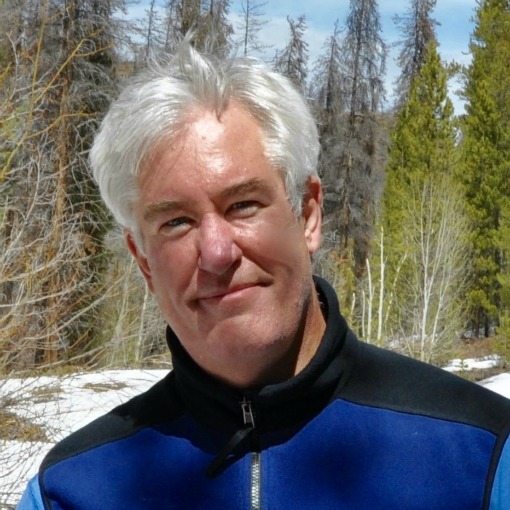Want To Improve Your Quality Of Life?
If you want to move your body confidently and without pain, you’re in the right place.
Are you…
– Doing less of the things you love because of physical limitations?
– Contemplating surgery or trying to recover from surgery or injury?
– Unable to make it through the day without pain?
– Not as good as you want to be athletically (recreational, elite or professional)?
There may be an easy solution.
At NeuroAthlete™, we help our clients to:
– Improve their performance
– Move like a teenager
– Eliminate pain
– Stop the cycle of injuries
– Improve more with less training
If you’ve ever told yourself…
This is normal. I’m just getting older…
It’s genetic…
I’m not gifted…
I’m just not good at _______ .
We can help.
Click here to get started today.
Did you know that it’s possible to…
– Manage and eliminate pain without drugs?
– Move like you used to (or maybe never have before)?
– Become stronger and faster in minutes?
– Improve all your senses including vision, balance, hearing, small and body awareness?
– Accelerate concussion recovery and reduce the chance of recurrence?
– Improve faster with less effort?
Contrary to popular belief, it is.
And what’s even better…
You can get the results you want from the comfort of your own home.
How would you like more time put back into your week while still getting the results and support you want? Right now, you can schedule an appointment with our team with no back and forth messages and calendar coordination.
Get Started Today.
With our virtual office visits, you can work with us from your home, office, gym, hotel – wherever it’s convenient.
Through video and phone chat, you’ll show us your challenges in your own environment so we can give you the help you need.
Want To See How To Schedule Your First Session?
Watch The Video Below.
I was on a lengthy marathon training run when I was sure I had pulled a calf muscle. It hurt a lot and I was sure that my marathon attempt was over. I was pretty sure that it wasn’t going to be helped by a massage or a trip to the doctor’s office, so I consulted “Dr. Google” and tried a number of self-help remedies none of which worked. I had to go to work and when I got there I called Peter. As we talked through it, it was clear it might be protective tightness instead of a pulled muscle. We were going to try a series of neural drills, but the first one fixed the problem! I had to do a little work on my own to make sure it wouldn’t come back, but no more pain, no more tightness and back to marathon training!
What Can You Expect?
Our Knowledge, Your Way
Your “buy in” is critical to your success. Everyone has different goals, preferences, experiences, and ways they learn best. We listen hard, work to understand and do our best to deliver what we know in the way that works best for you.
Preparation and Focus
Inform or update us before the session starts. Clarify your goals and priorities. Send us descriptions or video of your challenges in the environment in which they occur. We’ll both be ready to hit the ground running in your session.
Great Value
You’ve seen by now that the value of a virtual office visit extends well beyond the 1-1 time. By adding prep time, follow-up, independent learning, and online resources we extend the “length” of your visit greatly extended and give you time to process, practice and clarify.
Pricing
Unlock The Power Of NeuralTraining™ To Achieve Your Goals Quickly.
Choose 30 or 60 Minutes…
30 Minute Virtual Office Visit
Follow-up visit or small challenge?
60 Minute Virtual Office Visit
First-time issue or larger challenge?
I thought my running career was over; now I win Spartan Races!
I should also mention that I have a long history of medical challenges. I’ve had cancer, been in a horrific car accident and had double carpal tunnel surgeries, among other issues. The accumulated result was that I had very little upper body strength and mobility which made many of the Spartan obstacles even more challenging! Try picking up a 75 lb. Atlas stone when you’re 5’2”, your spine doesn’t move much and your grip is virtually non-existent (needed help opening jars).
I had gone for help to a number of practitioners and utilized modalities including chiropractic, physical therapy, hypnosis for the chronic pain and headaches… all without much-lasting success. Interestingly, my thoracic spine was so locked up from the car accident that none of the chiropractors could fully adjust me! A fellow Spartan racer recommended that I see Grove Higgins and I did. Grove has a unique blend of neurology, biomechanics, soft tissue and chiropractic skills and mastery in each. He, too, tried to adjust my spine, but when it didn’t work, the difference in his approach became apparent. Instead of quitting, recommending 12 visits for more of the same or recommending heat or massage as the others did, he shifted lenses to a neurological approach. If my spine was being held tight protectively by my brain, what else could we do to reduce the the threat and get it to loosen its grip?
It started with improving joint mobility in other areas of my body that could move. I now understand that improving your brain’s map of your movement capabilities reduced overall threat substantially. I also had brain trauma from the car accident and a previous history of vestibular issues (couldn’t hang upside down without the world spinning). We worked on improving my sensory (vision and balance) and breathing skills. The accumulated reduction in threat from mobility, sensory and breathing work relaxed my brain’s hold on my spine to the point where it could be adjusted and we could work on more active movement and control like posture.
It didn’t stop there though. Grove, being a multi-skilled athlete himself, quickly grasped the other skills I would need to successfully complete in Spartan racing. Once we had mobility and posture we were able to address sport-specific strength and coordination. As a result, I’ve improved dramatically.
I recognize that the bulk of NeuroRunner’s audience might have an “Interesting, but what does this have to do with running?” reaction to what I’ve related so far. So let me add this. My running has improved immensely through this process! I never realized how much spinal mobility and arm strength would translate into running endurance and power. I also never understood the value of sensory and mobility training, and even shoes (I’ve switched to zero-drop) in injury prevention. On the descent of the Pikes Peak Marathon in 2009, I managed to fall twice, sprain both ankles (I have an enduring relationship with ankle sprains, too) and pull both hamstrings! Since working with Grove, I’ve rolled my ankle once or twice, amazingly without consequence! My improved mobility and body map made this a total non-event. All of this has improved my skill and confidence in downhill running which played into my performance in Breckenridge.
Perhaps most importantly, it has allowed me to continue to run. Previously, whenever I ran a significant distance, tension accumulated in my neck and upper back to the point where I had migraines. I thought I would have to give up running anything over a 10K. That has cleared up as a result of the work I’ve done with Grove. I now can not only continue to race, but continue to improve. And I can offer hope to my friends who think they might have to give up running for some nagging injury or pain, too!
How Virtual Training Works
Step By Step
Step One - Identify The Right Package For You
Do you have a small challenge or a big one? Do you have a lot to discuss or just want to see if you’re on track? More interaction or more self-improvement? Choose between a 30 or 60 minute session to suit your needs and learning style. Remember in both cases there’s the opportunity for thoughtful preparation, information exchange and follow-up independent of the session itself.
Still, have questions? Shoot us a message at info@neuroathlete.com or use the convenient form at the bottom of the page.
Step Two - Complete Your Purchase
Once you’ve chosen your package, use our online checkout process to conveniently purchase your session without ever having to pick up the phone.
Complete your purchase through our secure portal and you’ll have immediate access to your next step.
Step Three - Schedule Your First Session
Once your purchase is completed, you’ll have immediate access to our training team’s private calendar.
Simply choose the trainer you’d like to work with, find a time that works for you, and enter your information to secure your spot.
Don’t see a time that works for you? We’ll setup a custom time just for you. Simply email us at help@neuroathlete.com.
If you purchased more than a single session, you can book them all now or whenever it’s convenient for you.
Step Four - Achieve Your Goals With The Support You Need From Professionals You Trust
When your scheduled training time comes, your trainer will contact you at the number provided. In many cases a phone conversations will be all that is needed to help you reach your goals.
If, however, your trainer needs to see you in motion or needs any other visual cues, you will have access to video conference with your trainer – straight from the comfort of your home, hotel, or office.
Team
Our NeuroCoaches

Dr. Grove Higgins
Dr. Grove Higgins, known as “the movement doctor,” is a highly sought-after rehabilitation, movement, and performance specialist, based in Colorado Springs, CO.
He is passionate about using the power of neuroscience to help others improve their abilities and quality of life.

Pat Marques
Pat is the Director Of Rehabilitative Exercise & Performance Training at Colorado Springs Center for Human Performance & Rehabilitation.
Along with being a Z-Health Master Trainer, Pat has a long history of using brain-based functional movement training to decrease pain, increase performance, better quality of life and provide lifelong mind, body and fitness skills.

Peter Hoversten
Peter is a sought after teacher & trainer in the neurological performance space, having helped people from all over the country increase their physical abilities and quality of life.
He is able to quickly assess problems and formulate a plan to achieve the desired outcome by leveraging the power of neuroscience.
Have Questions?
Our Mission Is To Help You Improve the Quality of Your Life..
If You Have Questions, We Have Answers. Submit Your Question Below.